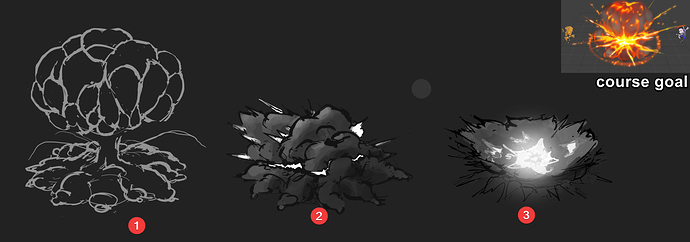Started with the first (VERY ROUGH) drafts for the bigger concepts. I found the cloud shape a bit boring and symmetric so I tried one version (2) with an assymetric cloud shape. I’m not sure yet in which direction to go.
4 Likes
